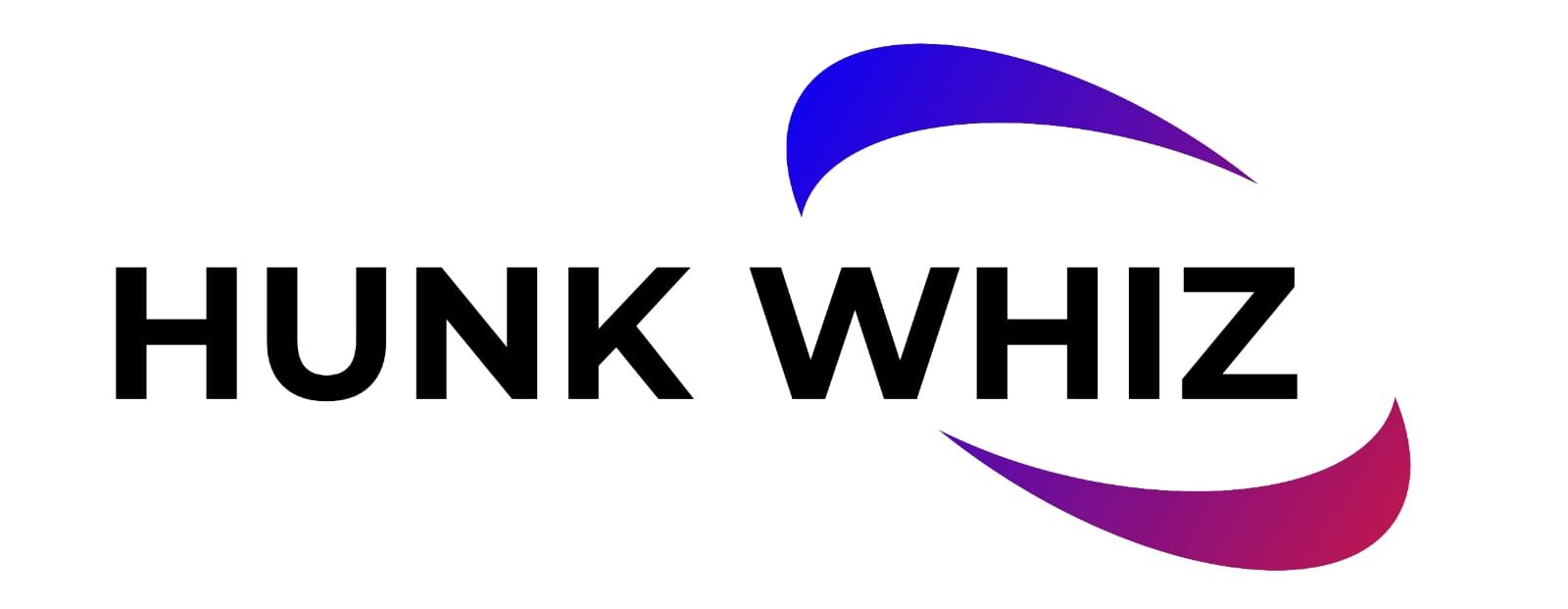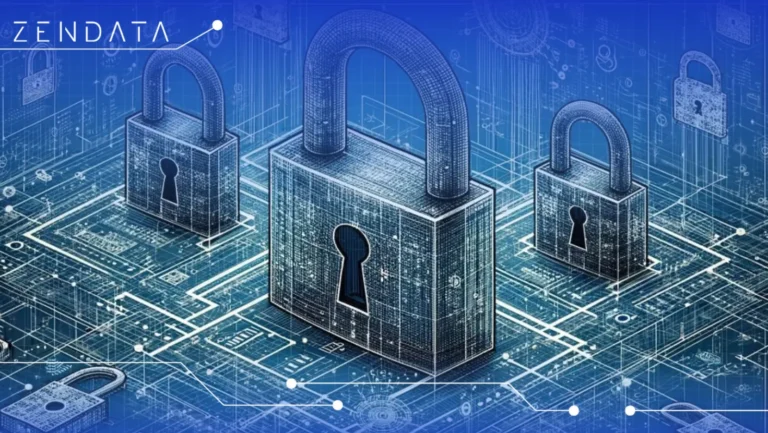Nowadays organizations face an unprecedented need to protect sensitive data from unauthorized access. With the rapid growth of data-driven operations and an ever-evolving regulatory environment, data masking has emerged as a critical solution for safeguarding confidential information. But when exactly should organizations consider implementing data masking? This article delves into key scenarios and considerations where data masking proves indispensable.
Regulatory Compliance
One of the most compelling reasons organizations adopt data masking is to comply with industry regulations and standards. Regulations such as the General Data Protection Regulation (GDPR), the California Consumer Privacy Act (CCPA), the Health Insurance Portability and Accountability Act (HIPAA), and the Payment Card Industry Data Security Standard (PCI DSS) mandate stringent data protection measures.
Data masking enables organizations to meet these requirements by ensuring that personally identifiable information (PII), financial data, and health records are rendered inaccessible to unauthorized personnel. Masking sensitive data during testing, development, or analytics reduces the risk of non-compliance penalties, which can be substantial.
Securing Non-Production Environments
Non-production environments such as development, testing, and training are often vulnerable to data breaches. These environments typically do not have the same level of security as production systems, making them a potential weak link.
Organizations should consider data masking when transferring data from production to these environments. Masking ensures that sensitive data remains anonymized while still providing realistic datasets for developers, testers, and trainees to work with. This approach significantly reduces the risk of exposure without compromising functionality.
Mitigating Insider Threats
Insider threats—whether malicious or accidental—pose a significant risk to data security. Employees, contractors, and other internal stakeholders often require access to data to perform their roles, but this access can sometimes lead to data leaks.
Data masking limits the exposure of sensitive information to insiders by providing only the data necessary for specific tasks in a masked format. For example, a call center representative may only need to view the last four digits of a credit card number, not the entire card number. By restricting access in this way, organizations can reduce the risk of insider-driven breaches.
Protecting Data in Outsourcing and Partnering Scenarios
Organizations often share data with external vendors, partners, or contractors to facilitate collaboration or outsourcing. These third-party engagements introduce additional security risks, as external entities may not adhere to the same rigorous security standards.
Implementing data masking before sharing data with external parties minimizes exposure. Masked data ensures that sensitive details, such as customer names, social security numbers, or payment information, remain obscured, mitigating the risk of misuse or unauthorized access.
Responding to Cybersecurity Incidents
Data breaches and cyberattacks are unfortunate realities for many organizations. In the aftermath of such incidents, a comprehensive review of data security measures is essential. Data masking can play a vital role in reinforcing defenses by ensuring sensitive information remains protected even if systems are compromised.
Proactively masking data can reduce the impact of potential breaches, as attackers may gain access only to anonymized or incomplete data that is of little value.
Supporting Analytics and Big Data Initiatives
Organizations increasingly rely on analytics and big data to drive decision-making and gain competitive advantages. However, these initiatives often involve processing vast amounts of sensitive information, which can pose privacy risks.
Data masking allows organizations to anonymize sensitive data before incorporating it into analytical processes. This ensures that insights can be derived without exposing sensitive information, maintaining a balance between innovation and data privacy.
Enhancing Customer Trust
Data breaches and mishandling can erode customer trust and damage an organization’s reputation. Implementing data masking as part of a robust data security strategy signals to customers that their information is taken seriously and handled responsibly.
By demonstrating proactive measures to protect sensitive information, organizations can foster trust and loyalty among their customers, which is increasingly important in a competitive market.
Preparing for Data Retention and Disposal
Data masking is a valuable tool when dealing with data retention policies and disposal processes. Before archiving or destroying old datasets, organizations can mask sensitive information to ensure it remains protected throughout its lifecycle.
Masking data in legacy systems or archived datasets ensures that even if these systems are accessed later, the sensitive information remains secure.
Conclusion
Data masking is not a one-size-fits-all solution, but its benefits are undeniable across various scenarios. Organizations should consider implementing data masking whenever they handle sensitive information in contexts where exposure risks exist—whether it’s for regulatory compliance, securing non-production environments, mitigating insider threats, or supporting analytics initiatives

